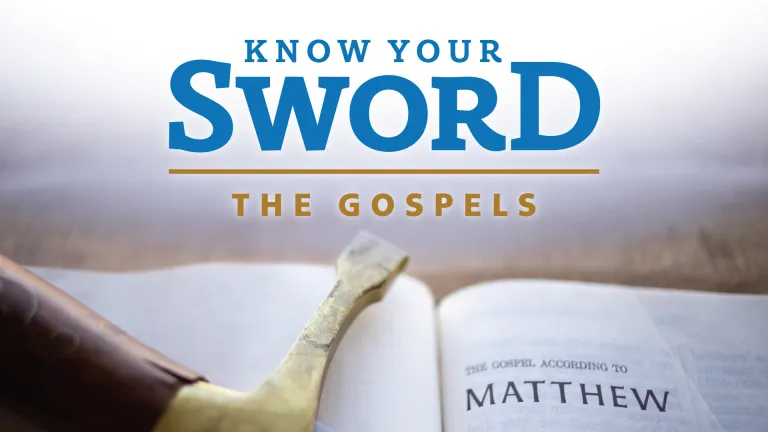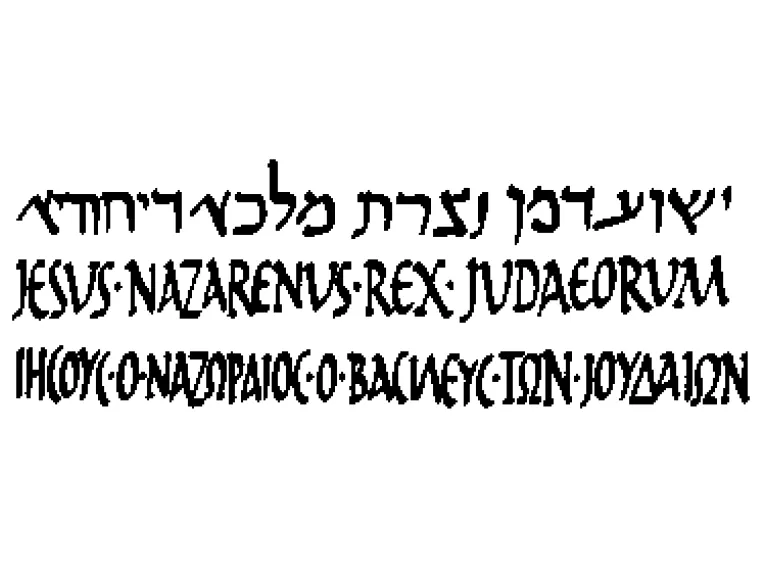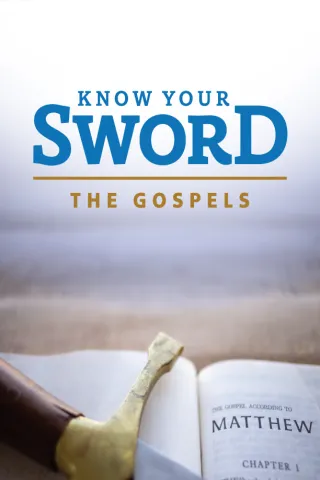Gospels Part 039

Let’s consider the fact again that we have not one, but four Gospels. In these four books we have four witnesses who are all in agreement with the central events. They differ only in insignificant details. How important is it that one healing took place before a certain event in one Gospel, but it’s recorded as being after the event in another gospel?
How important is that minor difference? Not very. If you are a juror in a courtroom, you’re going to look at the evidence and realize it’s clear that these men are telling the truth. The point is that these events happened, not necessarily that they happened in a specific order.
As we covered previously, these men organized their material differently. Matthew organized his Gospel around five long discourses by Jesus Christ, filling in the sections between with relevant narrative material. Mark seems to have organized his Gospel chronologically, based largely on the eyewitness testimony and recollections of Peter. Luke organized his Gospel chronologically as well as geographically. John’s Gospel has very little overlap with the others. With these facts we see that naturally there will be some differences in the Gospels.
Yes, these are the inspired words of these men recorded for us today, but the inspiration lies more in the overall record and key lessons for us. Not necessarily in the specific order of events or details that one Gospel writer might have recorded differently because those details weren’t relevant to the key points of his story.
We need to also recognize that they weren’t writing history as we would write history today. That concept would come along later. They weren’t using computers so they could arrange and rearrange events. They were using collections of events to paint a picture and tell an overall story. A helpful analogy might be the difference between a painting and a photograph. A photograph is typically a literal recording of the scene, whereas a painting is the artist’s interpretation of a scene presenting it as he wants us to understand it. In the Gospels we have portrait paintings of Jesus Christ rather than historical photographs.

With these things in mind, we should consider the importance of the biblical word belief. The Gospels are four witness accounts. At the end of the day, we decide to believe them or we don’t. That is why the Bible continually stresses belief. None of us were there to see these events for ourselves. We either believe the testimony of those who give us their accounts, or we don’t. The witnesses—not one, not four, not three, but four—are the proof.
We should expect that there would and should be some differences between four independent accounts. If they were identical, we would suspect the writers of colluding with one another. It is actually because of their differences that the four Gospels give us a fuller and richer picture of Jesus Christ.
Let's look at an example. Imagine if four people wrote a biography on your life—your child, your parent, a coworker, and a good friend. They would each focus on different aspects of your life and write from a unique perspective. Your child would be writing about you as a parent, your parents would write about you as a child growing up, your coworker would write about you as a peer, and your friend would write about you as a friend. Each would include different stories or see the same event from a different angle, but their differences would not mean they are in error. When we put all four accounts together, we would get a richer picture of your life and character. That is what takes place in the Gospels.
We understand that differences do not necessarily mean errors. Skeptics have made allegations of errors for centuries, yet the vast majority of charges have been answered. The fact that we have four Gospels means that we have complementary, not contradictory, accounts.
As an example of resolving supposed contradictions, let’s consider how the four Gospels record the words that Pontius Pilate, the Roman governor, ordered to be placed on the sign above Jesus’ head at His crucifixion.
Matthew 27:37 reads, “This is Jesus the king of the Jews.”
Mark 15:26 says, “The king of the Jews.”
Luke 23:38 reads, “This is the king of the Jews.”
John 19:19 states, “Jesus of Nazareth, the king of the Jews.”
It might appear that none of the authors copied the words on the sign properly because all of them record it somewhat differently. But when we read each account, we find the writers add a bit more information not included by the others. From John we read that Pilate was the one who composed the message. From Luke we have additional information as to why these words are different: The inscription was originally written in three languages—Greek, Latin and Hebrew.
The variation of the wordings logically would have to do with the three languages used as well as the different point of view of each biographer, each stressing slightly different aspects of Christ’s life and ministry. Adding up the wording of the different accounts, we see that the complete message recorded by the signs was probably, “This is Jesus of Nazareth, the king of the Jews.”
None of the Gospel accounts contradict the others; they simply complement each other to provide increased understanding. We’ll explore more examples of this as we continue to read through the Gospels in future lessons.
© Scott Ashley, 2025. All rights reserved.



